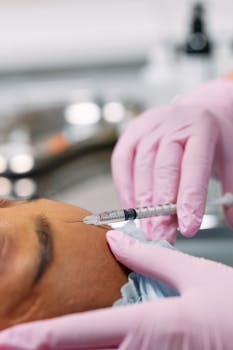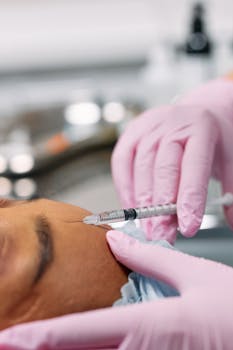Most people notice subtle changes in their hair as they get older — slower growth, finer texture, or a widening part. hair thinning with age is a common, often gradual process influenced by hormones, genetics, and lifestyle. This practical overview explains what to expect, which changes are normal, and which signs merit professional attention, with straightforward prevention and care strategies you can start today.
Understanding age related hair thinning
Age related hair thinning typically begins in midlife but can be visible earlier or later depending on genetics and health. Follicles shrink over time (a process called miniaturization), producing thinner, shorter hair until some follicles stop producing hair altogether. Both men and women experience age-related changes, though the pattern differs: men often see receding hairlines and crown balding, while women usually notice general thinning and a broader part.
Common causes and contributing factors
Multiple factors contribute to hair thinning as you age. Androgen sensitivity and genetic predisposition are major drivers, but other contributors include nutritional deficiencies (iron, vitamin D, B12), thyroid dysfunction, certain medications, chronic stress, and autoimmune conditions. Environmental exposure and long-term styling practices (tight hairstyles, frequent heat or chemical treatments) can accelerate breakage and make thinning more noticeable.
What normal aging looks like vs. signs to get checked
Gradual, diffuse thinning that progresses slowly over years is often normal. Warning signs that deserve medical evaluation include rapid shedding, patches of hair loss, scalp inflammation, sudden changes accompanied by other symptoms (fatigue, weight change, skin changes), or a family history of early onset hair loss. A dermatologist or trichologist can evaluate the scalp, order blood tests, and recommend targeted treatments.
Evidence-based prevention and treatments
There is no universal cure, but several approaches slow progression and improve appearance. Topical minoxidil is an FDA-approved treatment for many types of thinning and can be effective for both men and women. Prescription therapies like finasteride are used for male pattern hair loss, and other medical options — platelet-rich plasma (PRP), low-level laser therapy, and hair transplant surgery — may be suitable in selected cases. For reliable medical information about hair loss and treatment options, consider resources such as the NIAMS hair loss guide.
Daily care and lifestyle measures
Small changes to your routine can help maintain hair health. Use gentle shampoos and conditioners, avoid excessive heat and chemical processing, and limit tight hairstyles that strain the hairline. Eating a balanced diet rich in protein, omega-3 fats, iron, zinc, and vitamins supports hair growth; consult your clinician before starting supplements. Managing stress through sleep, exercise, and mindfulness techniques also helps, since chronic stress can increase shedding.
Skincare and scalp care go hand in hand. A healthy scalp environment supports follicles; avoid harsh products and consider mild exfoliation or medicated shampoos if dandruff or seborrheic dermatitis is present. For broader beauty and self-care approaches that prioritize sustainability and skin health, explore resources on eco-friendly routines and product choices to support overall well-being: sustainable skincare practices.
Camouflage and cosmetic strategies
While working on underlying causes or treatments, many people use cosmetic techniques to reduce the visual impact of thinning. Thicker-looking hairstyles, layered cuts, volumizing products, color techniques that add depth, and hair fibers can create the appearance of fuller hair. Wigs and hairpieces offer immediate change and are increasingly realistic and comfortable.
When to seek professional help
If you notice rapid hair loss, patchy bald spots, significant shedding, or scalp symptoms like itching, pain, or scaly rashes, schedule an appointment with a dermatologist. Early diagnosis can reveal treatable causes (nutritional deficiencies, thyroid disease, autoimmune conditions) and improve outcomes. A tailored plan may include blood tests, topical or systemic therapies, and follow-up to monitor response.
- Takeaways: age related hair thinning is common and multifactorial.
- Lifestyle, nutrition, and gentle hair care can slow progression and improve appearance.
- Medical treatments are available; consult a dermatologist for rapid or patchy loss.
FAQ — What causes age-related hair thinning?
Hair follicle aging, genetics, and hormonal changes are the main causes. Other contributors include nutritional deficiencies, thyroid disease, stress, and long-term styling damage. A healthcare provider can test for reversible causes.
FAQ — Can lifestyle changes reverse thinning?
Lifestyle changes (improved nutrition, reducing stress, avoiding damaging styling) can slow progression and sometimes improve hair quality, but they typically don’t fully reverse genetic thinning. Medical therapies like topical minoxidil can promote regrowth in many cases.
FAQ — When should I see a specialist?
See a dermatologist if hair loss is rapid, patchy, accompanied by scalp symptoms, or causing significant distress. Early assessment helps identify treatable causes and tailor an effective plan.






